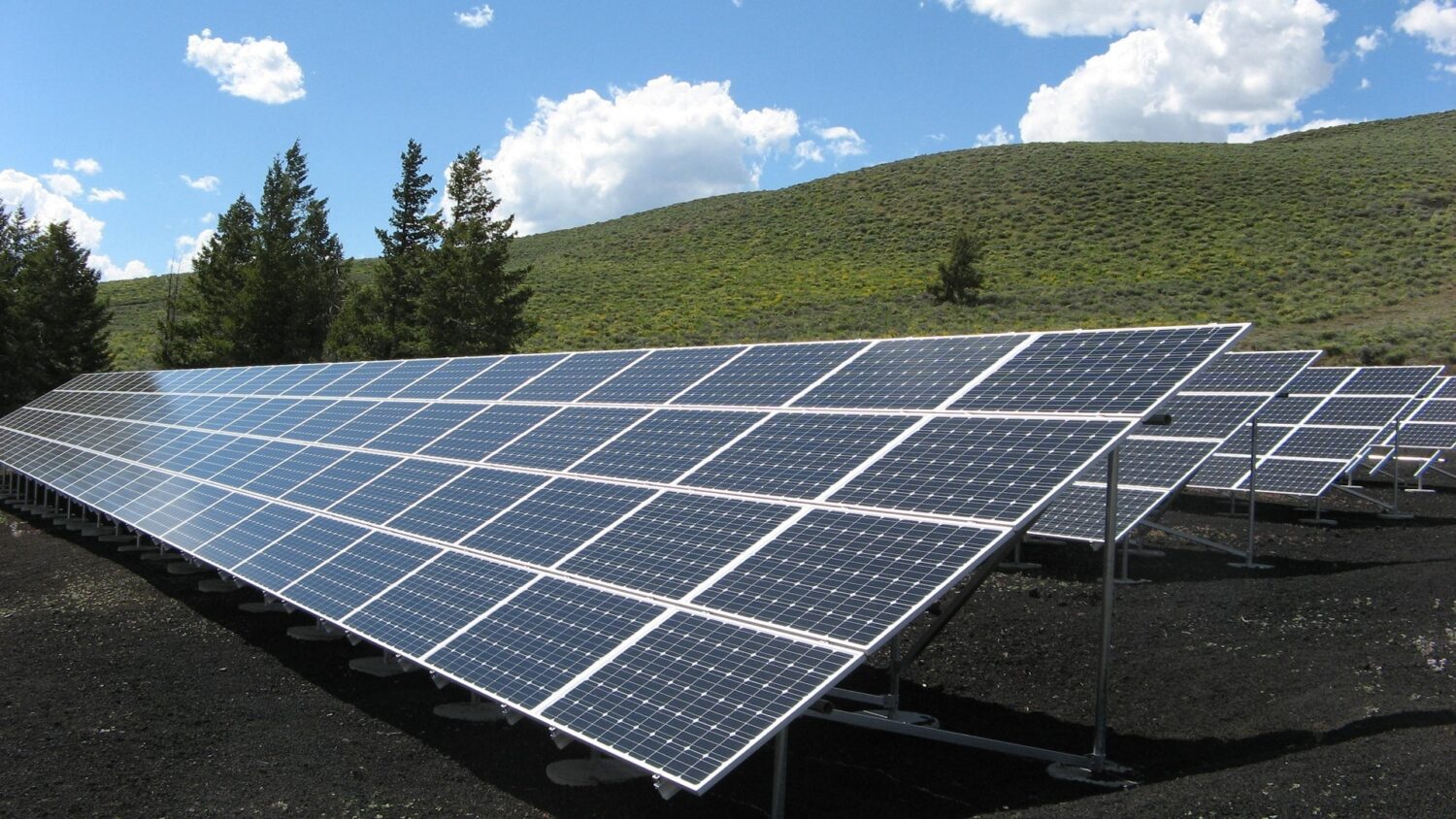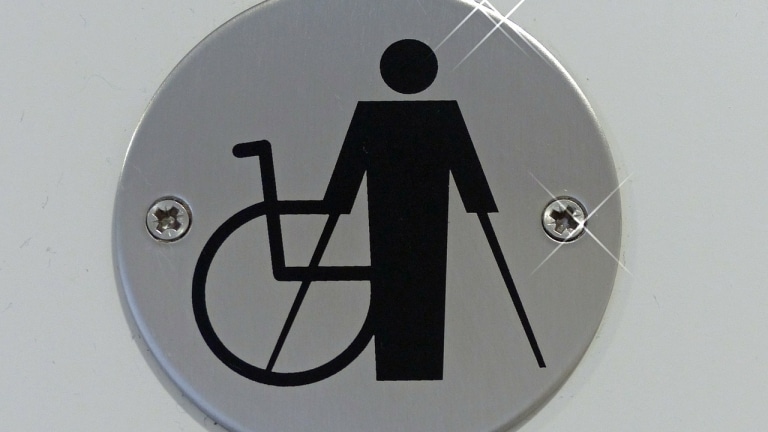Opportunities to increase extraction are limited
Technological changes in the production of solar panels are boosting demand for silver, a phenomenon that is deepening a shortage in the supply of the precious metal, while there is limited opportunity on the horizon to secure additional mining, writes Bloomberg.
Silver, in the form of a paste, is used for a conductive layer on the front and back of the silicon solar cells. But the sector is already starting to produce more efficient variants of the cells that use much more metal, and this will add to the already growing consumption.
Solar energy still forms a relatively small part of the total demand for silver, but it is growing. According to a report by The Silver Institute, it will make up 14% of consumption this year, up from about 5% in 2014. Much of that growth is coming from China, which is expected to install more solar panels this year. , than the US.
According to BloombergNEF, the standard passivated emitter and back contact cell is likely to be overtaken in the next two to three years by tunnel oxide passivated contact and heterojunction structures. While in the first case cells need about 10 milligrams of silver per watt, tunnel oxide cells need 13 milligrams and heterojunction cells 22 milligrams.
At the same time, supply is starting to look limited. It was flat last year, although demand rose by nearly a fifth, the Silver Institute data showed. This year, production is forecast to increase by 2%, while industrial consumption is expected to grow by 4%.
The problem for silver buyers is that it is not at all easy to increase the supply, given how few mines exist primarily for silver production. About 80% of the metal’s supply comes from lead, zinc, copper and gold mining projects, where silver is a byproduct.
And in an environment where mining companies are no longer willing to commit to major new projects, silver’s lower margins compared to other precious and industrial metals mean that positive price signals are not enough to boost output. Even with newly approved projects, production may not start for a decade at the earliest.
As a result, the solar sector could deplete 85-98% of the world’s silver reserves by 2050, according to a study by the University of New South Wales. The amount of silver used to produce a single cell will increase and may take about five to 10 years to return to current levels, estimates Brett Hallam, one of the study’s authors.
However, Chinese solar companies are actively exploring the possibility of using cheaper alternatives, such as galvanized copper, although so far the results have been mixed. Technologies that use cheaper metals are already advanced enough to be put into mass production soon after silver prices rise, said Zhong Baosheng, chairman of the world’s largest solar panel maker Longi Green Energy Technology Co.
Silver is currently trading at around $22.70 per troy ounce. The price has fallen about 5% this year but remains well above the level it was at before the spike in 2020 as the pandemic boosted demand.
“The replacement of silver will generate more interest when it is around $30 a troy ounce, not $22-$23,” said Philip Klapwijk, managing director of Hong Kong-based consultancy Precious Metals Insights Ltd. and one of the authors of the Silver Institute report. There won’t be a “doomsday scenario” where we run out of silver, but “the market will rebalance at a higher price,” he believes.
Photo by Pixabay: https://www.pexels.com/photo/black-and-silver-solar-panels-159397/














